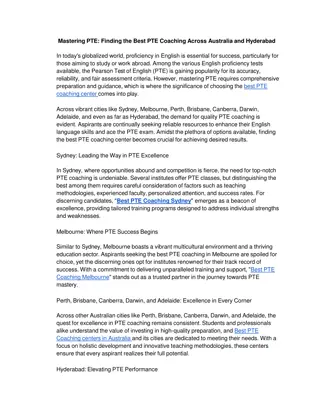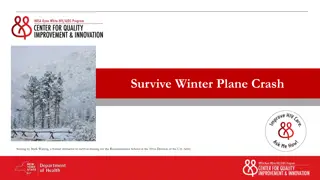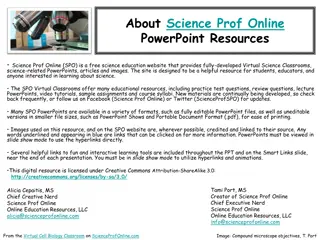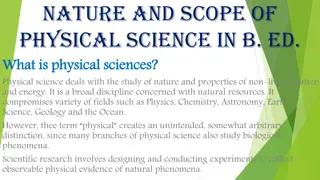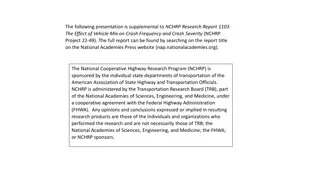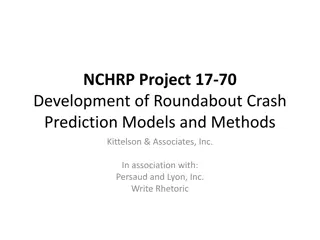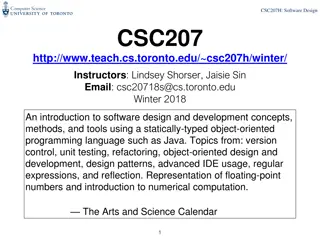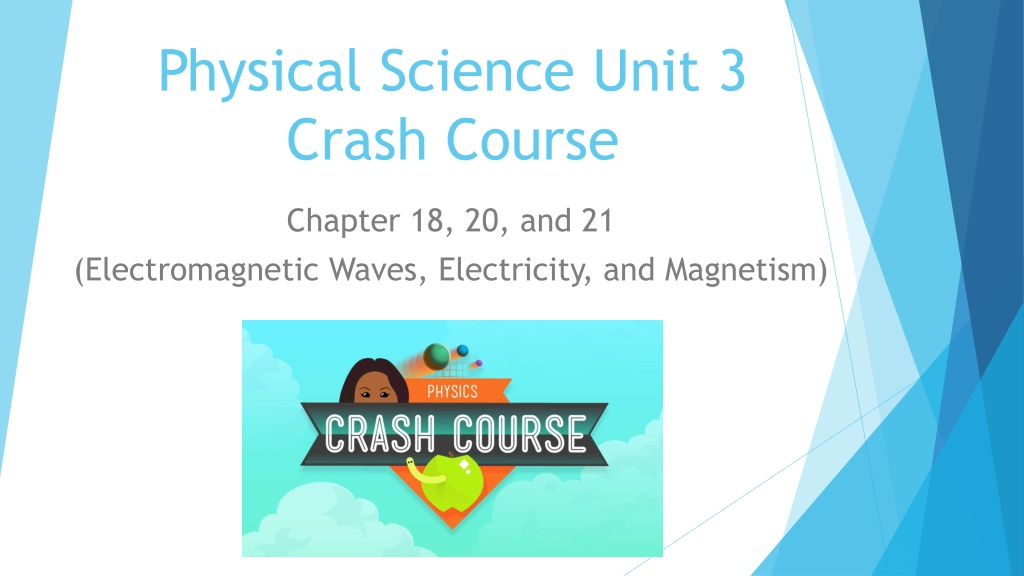
Understanding Electromagnetic Waves, Electricity, and Magnetism
Explore the fascinating world of electromagnetic waves, electricity, and magnetism in this crash course on physical science. Learn about the properties of electromagnetic waves, how electricity works, and the principles of magnetism. Discover the electromagnetic spectrum, reflection, refraction, polarization, and more.
Uploaded on | 0 Views
Download Presentation

Please find below an Image/Link to download the presentation.
The content on the website is provided AS IS for your information and personal use only. It may not be sold, licensed, or shared on other websites without obtaining consent from the author. Download presentation by click this link. If you encounter any issues during the download, it is possible that the publisher has removed the file from their server.
E N D
Presentation Transcript
Physical Science Unit 3 Crash Course Chapter 18, 20, and 21 (Electromagnetic Waves, Electricity, and Magnetism)
Chapter 18 - Waves Electromagnetic Waves are transverse waves consisting of changing electric fields and changing magnetic fields. Electromagnetic waves can travel through a vacuum, or empty space, as well as through matter. The speed of light in a vacuum is 3.0 x 108 m/s. In a vacuum, all electromagnetic waves travel at the same speed. Electromagnetic waves vary in wavelength and frequency.
Chapter 18 - Waves Electromagnetic radiation behaves sometimes like a wave and sometimes like a particle. In 1905, Albert Einstein proposed that light, and all electromagnetic radiation, consists of packets of energy called photons. Photons travel outward from a light source in all directions. The intensity of light decreases as photons travel farther from the source.
Chapter 18 - Waves The full range of frequencies of electromagnetic radiation is called the electromagnetic spectrum. This is an acronym that you can use to remember the order of low to high frequency (or high to low wavelength). Ricky Radio Married Microwave Isaiah s Infrared Very Visible Ugly Ultraviolet eX X-Rays Girlfriend Gamma
Chapter 18 - Waves Materials can be transparent, translucent, or opaque. When light strikes a new medium, the light can be reflected, absorbed, or transmitted. When light is transmitted, it can be refracted, polarized, or scattered. Regular reflection occurs when parallel light waves strike a surface and reflect all in the same direction. Diffuse reflection occurs when parallel light waves strike a rough surface, and reflect in many different directions. Light with waves that vibrate in only one plane is polarized light. Scattering means that light is redirected as it passes through a medium.
Chapter 18 - Waves Objects appear certain colors because of the light waves that they reflect. A red object reflects red light and absorbs all other colors. A white object reflects all colors of light and absorbs none. A black object absorbs all colors of light and reflects none.
Chapter 20 - Electricity Electric charge is a property that causes subatomic particles such as protons and electrons to attract or repel each other. Like charges repel, and opposite charges attract. The electric force between two objects is directly proportional to the net charge on each object and inversely proportional to the square of the distance between them. The strength of an electric field depends on the amount of charge that produces the field and on the distance from the charges.
Chapter 20 Electricity Charge can be transferred by friction, contact, and induction. Rubbing a balloon on your hair is an example of charging by friction. When a girl touches the Van de Graaff generator sphere, she acquires a charge large enough to make her hairs stand on end. This is charging by contact. A transfer of charge without contact between materials is induction. Static discharge occurs when a pathway through which charges can move forms suddenly. 128481d1247606498-erasing-degaussed-1-2-tape-van-de-graaf-generator-web
Chapter 20 - Electricity A continuous flow of electric charge is an electric current. Charge flows only flows in one direction in direct current (DC). A flashlight and most battery-operated devices use direct current. Alternating current (AC) is a flow of electric charge that regularly reverses its direction. An electrical conductor is a material through which charge can flow easily. A material through which charge cannot flow easily is called an electrical insulator.
Chapter 20 - Electricity Resistance is opposition to the flow of charges in a material. The SI unit for resistance is the ohm ( ). A material s thickness, length, and temperature affect its resistance. In order for charge to flow in a conducting wire, the wire must be connected in a complete loop that includes a source of electrical energy. Three common voltage sources are batteries, solar cells, and generators.
Chapter 20 - Electricity According to Ohm s law, the voltage (V) in a circuit equals the product of the current (I) and the resistance (R). V = I x R V = voltage (volts) I = current (amps) R = resistance (ohms)
Chapter 20 - Electricity An electric circuit is a complete path through which charge can flow. If the switch is open, the circuit is not a complete loop, and the current stops. This is called an open circuit. When the switch is closed, the circuit is complete and charge can flow. This is called a closed circuit.
Chapter 20 - Electricity In a series circuit, charge has only one path through which it can flow. If one element stops functioning in a series circuit, none of the elements can operate. The more bulbs you have, the less brightly they shine. A parallel circuit is an electric circuit with two or more paths through which charges can flow. If one element stops functioning in a parallel circuit, the rest of the elements can still operate.
Chapter 21 - Magnetism Magnetic forces, like electric forces, act over a distance. All magnets have two magnetic poles, regions where the magnet s force is strongest. Like magnetic poles repel one another, and opposite magnetic poles attract one another. The magnetic field lines always travel from the north pole to the south pole of a magnet. The area surrounding Earth that is influenced by this field is the magnetosphere.
Chapter 21 - Magnetism Within an atom, electrons move around the nucleus. This movement, along with a property called spin, causes electrons to act like tiny magnets. Then the electron s magnetic fields combine to form magnetic domains. A magnetic domain is a region that has a very large number of atoms with aligned magnetic fields. When a material is magnetized, most of its magnetic domains are aligned.
Chapter 21 - Magnetism Electricity and magnetism are different aspects of a single force known as the electromagnetic force. A coil of current-carrying wire that produces a magnetic field is called a solenoid. If you place a ferromagnetic material, such as an iron rod, inside the coil of a solenoid, the strength of the magnetic field increases. The magnetic field also increases as the number of loops increase. An electromagnet is a solenoid with a ferromagnetic core.


